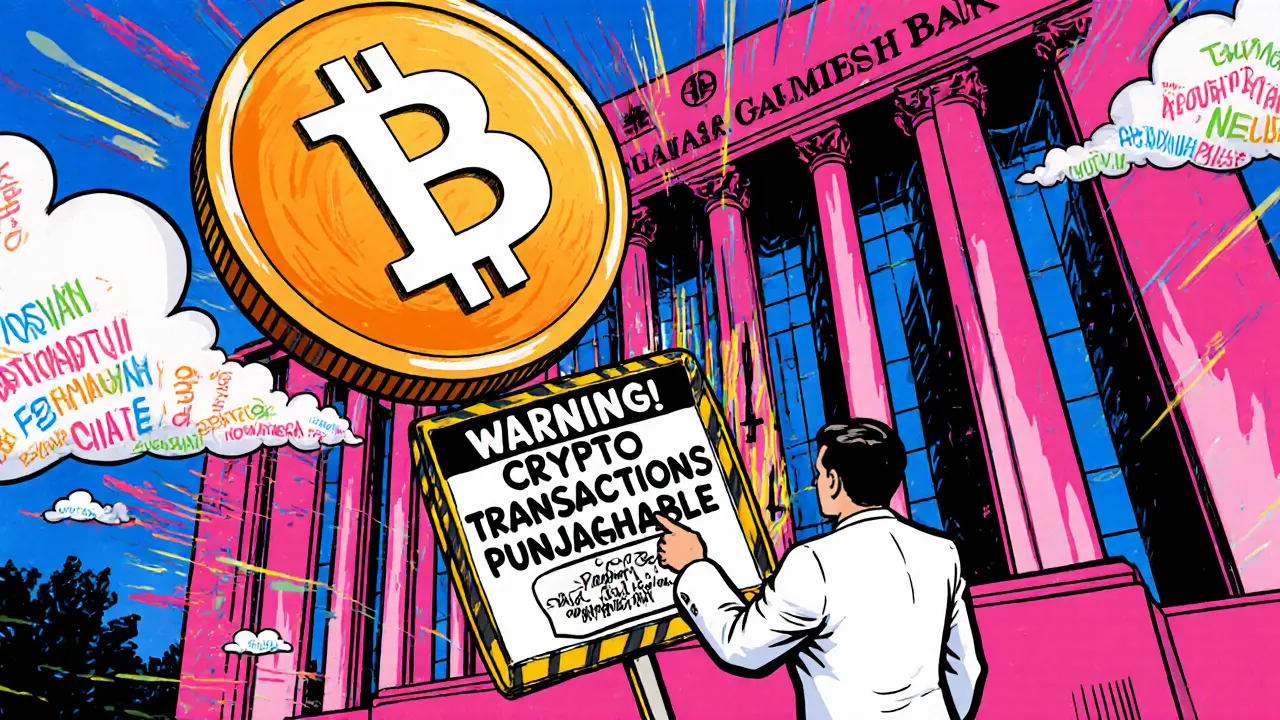Digital Asset Regulation: Current Landscape & Key Insights
digital asset regulation, the set of laws, rules, and supervisory practices that govern cryptocurrencies, tokens, and blockchain‑based financial products. Also known as crypto regulation, it shapes how projects launch, how exchanges operate, and how investors stay protected. In plain terms, digital asset regulation tells you what you can do with a token, which taxes you owe, and what disclosures you must publish. The rules differ country by country, but they all aim to curb fraud, protect consumers, and keep the financial system stable.
Europe has taken a big step forward with MiCAR, the Markets in Crypto‑Assets Regulation that creates a pan‑EU framework for crypto issuers and service providers. MiCAR forces stablecoin issuers to hold reserves, requires white‑paper disclosures, and sets passporting rights across member states. At the national level, BaFin, Germany’s Federal Financial Supervisory Authority that issues licensing and AML guidelines for crypto businesses enforces these EU rules and adds its own licensing thresholds for exchanges operating in Germany. The result is a tighter link between EU‑wide policy and local enforcement – a pattern you’ll see repeated in other jurisdictions.
Across the globe, AML compliance, anti‑money‑laundering procedures that require identity verification, transaction monitoring, and reporting of suspicious activity has become a non‑negotiable part of any crypto operation. Whether you’re a DeFi protocol, a centralized exchange, or a mining firm, you’ll need to embed KYC checks and continuous monitoring tools to meet regulator expectations. To streamline this effort, many companies adopt a crypto compliance program, a structured set of policies, technology stacks, and audit processes designed to satisfy AML, KYC, and reporting obligations. These programs act as the bridge between raw regulatory text and day‑to‑day business actions, ensuring that firms can launch new tokens or services without running afoul of the law.
Why Staying Informed Matters
Regulation isn’t static. In 2025 we’ve seen Nigeria reverse its crypto ban, the UK push to become a global crypto hub, and the U.S. tighten mining‑related ESG and reporting rules. Each shift brings fresh compliance checkpoints and new market opportunities. For traders, knowing which exchanges meet the latest licensing standards can mean lower counter‑party risk. For developers, understanding token‑omics disclosure requirements can save months of re‑work. And for investors, spotting projects that already comply with MiCAR or have a solid AML framework can be a shortcut to lower‑risk assets.
Below you’ll find a curated collection of articles that break down these topics in detail: from BaFin’s recent enforcement actions to step‑by‑step guides on building a crypto compliance program, plus real‑world examples of how MiCAR is reshaping token offerings. Use this resource to keep your knowledge current, avoid costly compliance mistakes, and spot the regulatory trends that could shape the next big crypto wave.
Regulatory Clarity for Crypto Industry
In 2025, the U.S. passed landmark crypto laws-the CLARITY and GENIUS Acts-to end years of regulatory chaos. These rules give clear oversight to exchanges and stablecoins, bringing banks and institutions back into the market. Here’s what it means for businesses, investors, and the future of crypto in America.
Bangladesh Crypto Trading Penalty: 12‑Year Jail Risk Explained
A clear, up‑to‑date explanation of why Bangladesh warns of a 12‑year jail term for crypto trading, the real legal basis, enforcement facts, and practical steps to stay safe.

